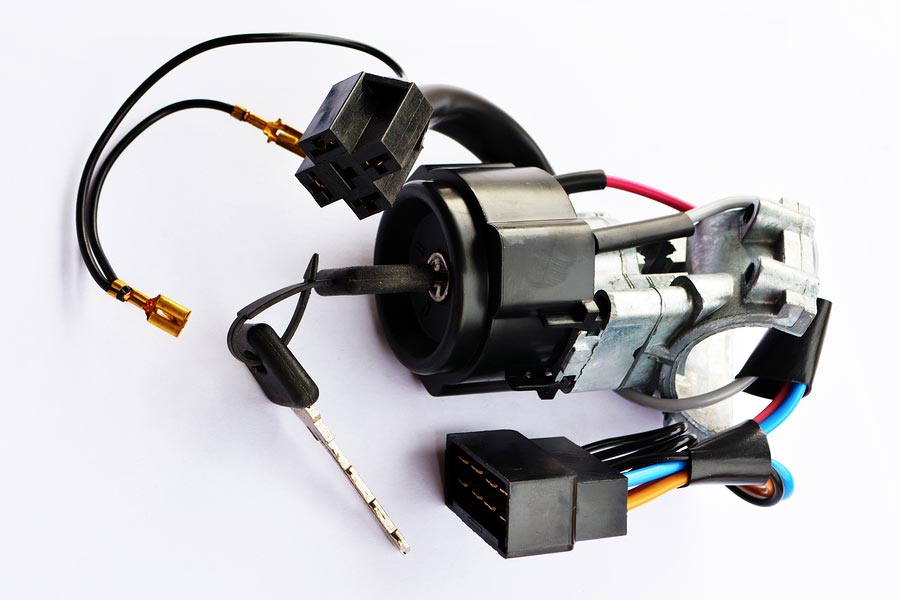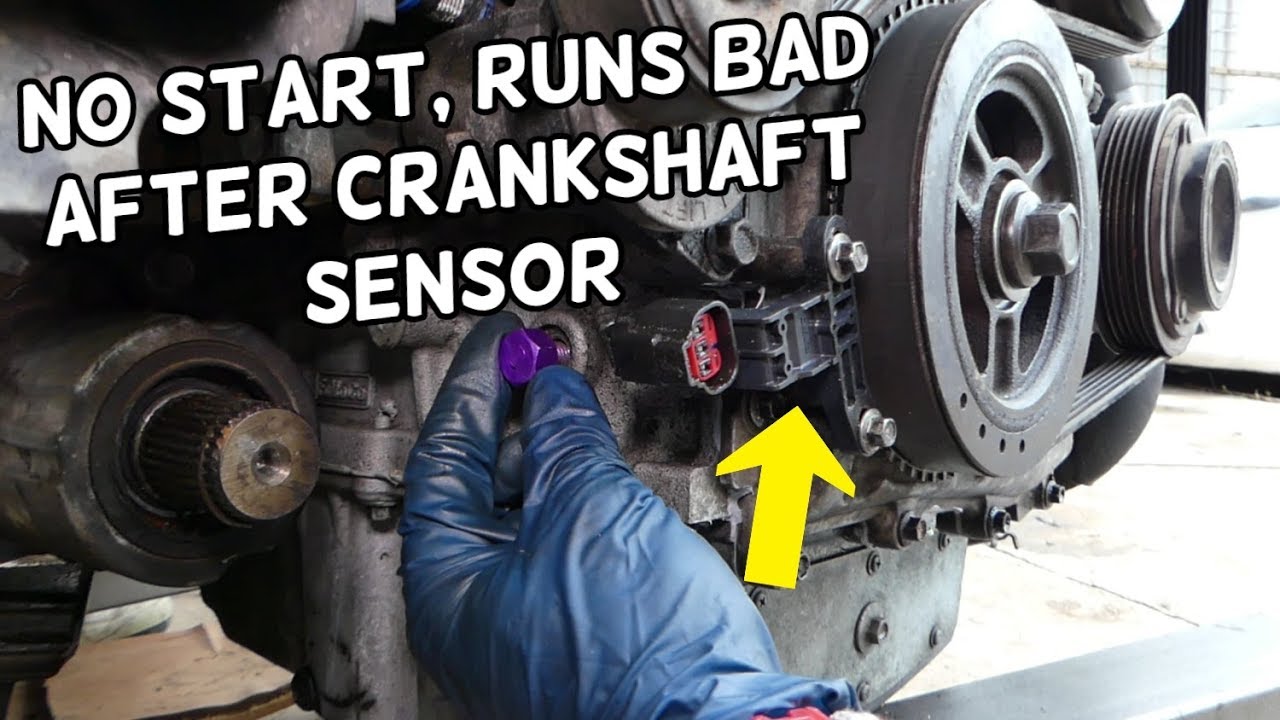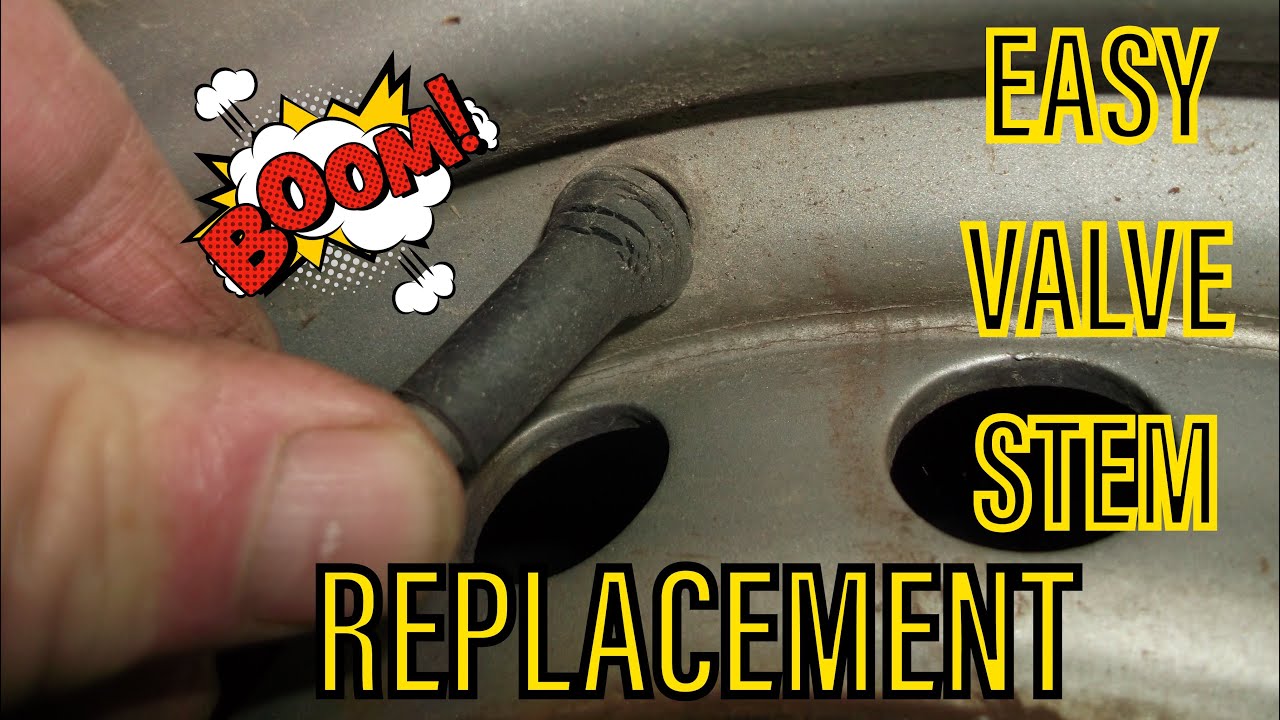Can a Bad Ignition Switch Cause Stalling
Yes, a bad ignition switch can cause stalling. A faulty ignition switch may disrupt electrical power to the engine.
Car stalling issues often leave drivers perplexed, but the ignition switch is a potential culprit among the numerous causes. The ignition switch plays a crucial role in a car’s electrical system, channeling the power needed to start the engine and operate the vehicle’s accessories.
When this switch starts to fail, it can lead to intermittent power loss, which may in turn cause the engine to stall unexpectedly during operation. Identifying a failing ignition switch early can prevent the risk of unexpected stalling, which is not only inconvenient but can also compromise driver safety. Staying informed about such common car issues can save you from potential trouble and ensure your vehicle remains reliable on the road.
Symptoms Of A Faulty Ignition Switch
Symptoms of a Faulty Ignition Switch can lead to perplexing vehicular behavior. The ignition switch plays a critical role in powering a car’s electrical systems and help in starting the engine. A malfunctioning switch can result in various issues, some of which can compromise your vehicle’s reliability. Here are the key symptoms to watch out for:
Engine Stalls Unexpectedly
A bad ignition switch can cause sudden engine stalls. These stalls often occur without warning. They can happen while driving at high speeds or when idling. Boldly put, if your engine cuts off unpredictably, inspect the ignition switch.
Difficulty In Starting The Vehicle
When you turn the key and the engine does not start immediately or requires multiple attempts, consider the ignition switch. A failing switch struggles to send the signal required to ignite the engine, leading to starting issues.
Intermittent Electrical Issues
- Lights flickering or dimming
- Accessory malfunctions
- Random dashboard warning lights
These electrical quirks could point towards a faulty ignition switch. This crucial component is responsible for powering various systems. Any inconsistency in its function can disrupt the electrical flow.

Credit: a1performanceeuropeanautorepair.com
How The Ignition Switch Impacts Engine Performance
The ignition switch is a critical component in your vehicle’s operation. Its role is often underestimated when diagnosing car troubles. Yet, it is central to engine performance. The ignition switch acts as a gatekeeper, powering essential systems for your car to start and run smoothly. A failing switch can indeed lead to stalling, among other engine issues. Let’s delve into the specifics of its importance.
Role In Electrical System
The ignition switch is the main power distributor in the car’s electrical system. It controls the electricity flow to various vehicle systems.
- When the key turns, it signals the car’s battery to provide power.
- Essential functions like the engine control unit (ECU) and the dashboard receive electricity.
- Without proper function, systems fail and the engine can stall.
Effect On Fuel And Ignition Systems
Your car’s ability to harness fuel and initiate combustion hinges on the ignition switch.
- It activates the fuel and ignition systems upon starting the engine.
- Power issues can result in incomplete combustion or fuel not being delivered.
- This can lead the engine to sputter and stall.
| System | Function | Impact of Failure |
|---|---|---|
| Electrical | Power distribution | Stalling, loss of dashboard functionality |
| Fuel | Fuel delivery | Engine sputters or stalls |
| Ignition | Engine combustion | Poor efficiency, potential stalling |
Diagnosing Ignition Switch Problems
Stalling cars frustrate drivers often. An ignition switch might be at fault. It must work well. It starts the engine. It lets electrical systems run smoothly. A bad ignition switch breaks this harmony. Let’s find ignition switch issues efficiently!
Visual Inspection
Take a close look first. Signs of damage warn you. Scorched components signal trouble. Wear or tear tells stories. Check the ignition switch position. It should not be loose. Look for strange things in the key path. A stuck key is a red flag. We eye the basics before diving deeper.
Electrical Diagnostic Tests
Tools help us next. A multimeter reads electrical signals. It confirms power flow. A test light helps too. It shows current presence. Remember, safety comes first. Use the right tools. Follow a process. Check the switch’s power output. Compare it against norms. Discrepancies hint at problems. Find and fix issues early. Keep your ride smooth.
The Direct Link Between Ignition Switch Failures And Stalling
A bad ignition switch can indeed cause your car to stall. It’s a critical component that starts your car and keeps it running. When it fails, stalling can happen without warning. This can be both frustrating and dangerous. Let’s explore how ignition switch failures directly lead to your car’s stalling.
Loss Of Power To Engine Controls
Your ignition switch powers critical systems. These include the engine controls. A faulty switch may interrupt this power. This can cause the engine to shut off suddenly. Here’s what can happen:
- Engine control module (ECM) loses power
- Fuel pump gets no electricity
- Car’s computer can’t manage engine functions
Sudden Electrical Cut-off
An ignition switch in poor condition can cause sudden electrical failures. This affects various systems in your car. Imagine you’re driving and your car’s electrical systems suddenly go dark. That’s what a bad ignition switch can do.
- Dashboard lights flicker or go out
- Radio and other accessories turn off
- Starter motor stops mid-operation
Repairing Or Replacing A Bad Ignition Switch
A bad ignition switch can lead to stalling. Here’s how to address this critical issue. Knowing whether to repair or replace the switch is key.
Steps for Repair
Steps For Repair
Repairing an ignition switch requires precision and safety measures.
- Disconnect the battery to prevent electric shock.
- Locate the ignition switch, often found on the steering column.
- Remove the necessary panels to access the switch.
- Unplug the wiring harness from the switch.
- Check for wear and tear or corrosion on the switch.
- Use electrical cleaner to restore contacts if dirty.
- Test with a multimeter for functionality.
- If repairable, reassemble following these steps in reverse.
When to Consider Replacement
When To Consider Replacement
A replacement is necessary if repairs can’t fix the issue.
- Severe damage or corrosion means you’ll need a new switch.
- Multimeter readings outside standard values call for replacement.
- Intermittent electrical issues may persist after a repair.
- Modern vehicles often require full replacement as a more reliable solution.
- Always ensure replacement parts meet your vehicle’s specifications.
Prevention And Maintenance Tips
Taking care of your vehicle is vital for its smooth operation. Among various components, the ignition switch plays a crucial role. It can lead to stalling if it goes bad. To prevent this, follow these essential tips to maintain your car’s ignition switch.
Regular Inspections
One key step is examining your car’s ignition system often. This helps catch issues before they become serious. Mechanics suggest getting a thorough check at least twice a year.
- Check the ignition switch for grime buildup.
- Ensure wiring is tight and corrosion-free.
- Inspect for damage after rough drives or accidents.
Signs Of Wear And Timely Interventions
Always stay alert for any signs that your ignition switch might show wear. These signs include your car stalling or difficulty in starting the engine. Don’t ignore these signs.
- Difficulty turning the key indicates wear.
- Stalling while driving may point to a bad switch.
- A flickering dashboard requires immediate attention.
Address issues promptly by visiting your mechanic. Early interventions can save you both time and money. Keep these tips in mind to ensure your car runs smoothly without unexpected stalling incidents.

Credit: www.yourmechanic.com
Frequently Asked Questions Of Can A Bad Ignition Switch Cause Stalling
Can A Faulty Ignition Switch Cause My Car To Stall?
A malfunctioning ignition switch can disrupt the electrical flow to the engine’s control systems. This interruption may lead to unexpected stalling during vehicle operation.
What Are The Signs Of A Bad Ignition Switch?
Symptoms include erratic dashboard lights, trouble starting the engine, stalling, and unexpected shutdowns. These issues signal possible ignition switch failures.
How Does An Ignition Switch Affect Engine Performance?
The ignition switch provides the electrical signal to start the engine. A defective switch can prevent this signal, leading to impaired engine performance or failure to start.
Is It Safe To Drive With A Failing Ignition Switch?
Driving with a failing ignition switch is unsafe. It can cause sudden stalling, increasing the risk of accidents. It is advisable to address the issue immediately.
Conclusion
Understanding the role of the ignition switch in your vehicle’s performance is crucial. If you’re experiencing stalling, consider the ignition switch as a possible culprit. Regular maintenance and prompt attention to ignition system issues can save you from unexpected breakdowns.
Keep your car running smoothly by being vigilant about ignition switch health.





